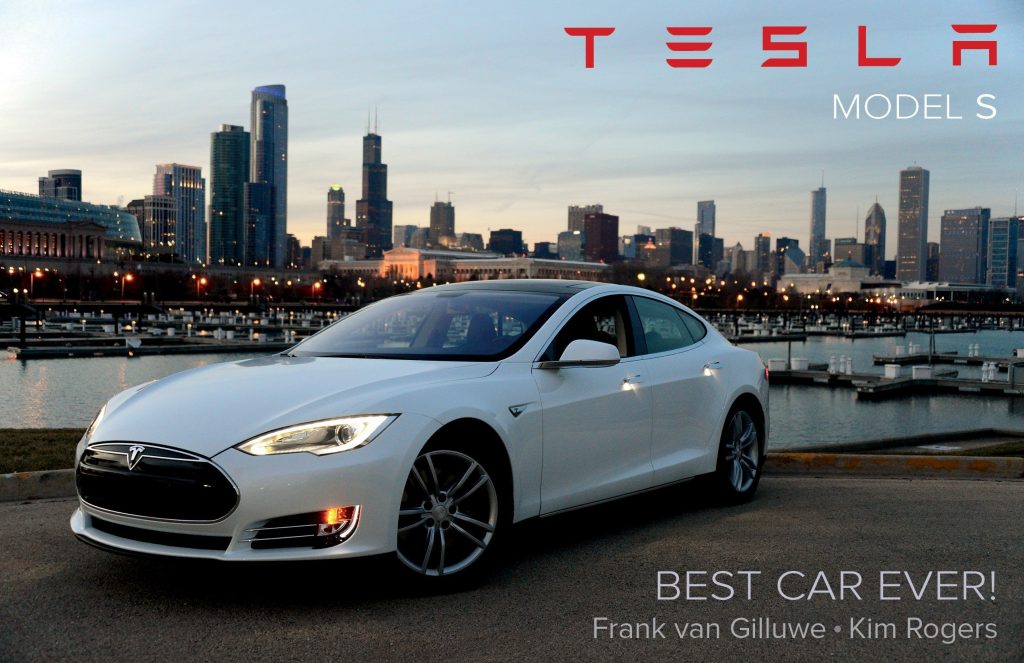
A cover of a book proclaiming the Tesla Model S the “Best Car Ever,” highlights enthusiasm about the model that is under review for safety issues.
It’s Not Easy Being Elon
Despite his successes, Elon Musk catches more flak and starts more public arguments than most billionaires⎯his dispute over the dangers of AI with Facebook CEO Mark Zuckerberg being among the most famous. But now it seems, he’s feeling the heat because as CEO of Tesla, he’s fighting with journalists over challenges to safety assertions about the autonomous Model S.
In a piece for wired.com, Aarian Marshall reported that oversight authorities at the National Highway Traffic Safety Administration are questioning Tesla’s safety testing.
For more than a year, Tesla has defended its semiautonomous Autopilot as a vital, life-saving feature. Musk excoriated journalists who wrote about crashes involving the system.
“It’s really incredibly irresponsible of any journalists with integrity to write an article that would lead people to believe that autonomy is less safe,” he said during a rough and tumble earnings call this week. “Because people might actually turn it off, and then die.”
Musk made this same argument about Autopilot a year ago, which keeps the car in its lane and a safe distance from other vehicles but requires constant human oversight, after two fatal crashes in the United States. He claimed that journalists shouldn’t criticize the system because it will save lives in the long run. Wednesday’s media attack, however, came a few hours after the National Highway Traffic Safety Administration (NHTSA) revealed that Tesla has misled media with the key statistic it uses to defend its technology.
Over the past year and a half, Tesla spokespeople have repeatedly said that the agency has found Autopilot to cut crash rates by 40 percent. They repeated it most recently after the death of a Northern California man whose Model X crashed into a highway safety barrier while in Autopilot mode in March. Now NHTSA says that’s not exactly right-and there’s no clear evidence for how safe the pseudo-self-driving feature actually is.
The stat comes from a January 2017 report that summarized NHTSA’s investigation into the death of Joshua Brown, whose Model S crashed into a truck turning across its path while in Autopilot mode. According to its data, model year 2014 through 2016 Teslas saw 1.3 airbag deployments per million miles, before Tesla made Autopilot available via an over-the-air software update. Afterward, the rate was 0.8 per million miles.
“The data show that the Tesla vehicles’ crash rate dropped by almost 40 percent after Autosteer installation,” the investigators concluded. Tesla declined to comment on NHTSA’s clarification.
After that report the insurance institute came along an added its opinion.
The Insurance Institute for Highway Safety looked at the frequency of insurance claims. When it tried to separate Model S sedan incidents after the introduction of Autopilot, it reported no changes in the frequency of property damage and bodily injury liability claims, hence Autopilot drivers no less likely to damage their cars or get hurt than others. But it did find a 13 percent reduction in collision claim frequency, meaning sedans with Autopilot enabled got into fewer crashes that resulted in collision claims to insurers. However, IIHS couldn’t tell which crashes actually involved the use Autopilot, and not just sedans equipped with Autopilot. Also, the airbag failed to deploy in the latest fatal accident, so that statistic has little utility.

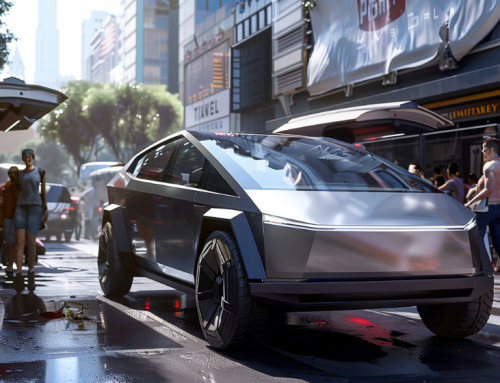
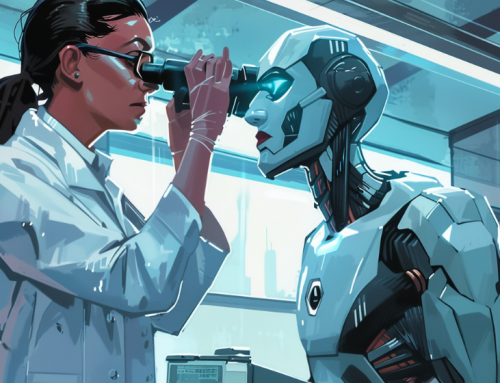
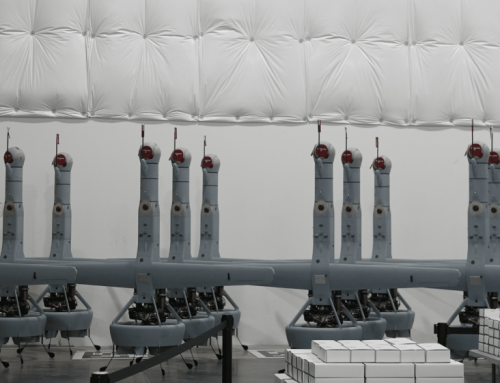
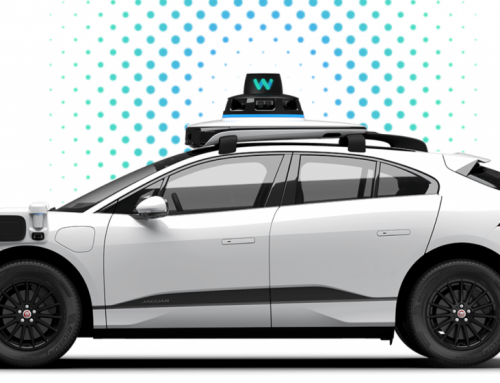
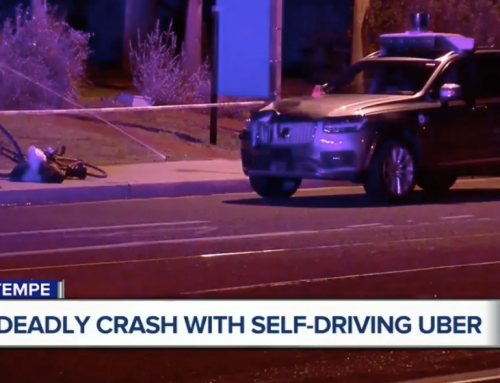

Leave A Comment